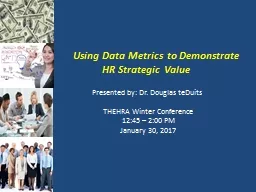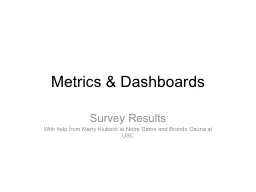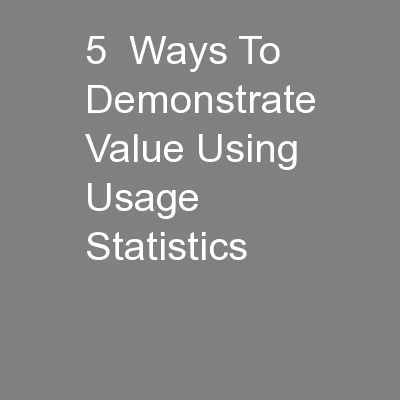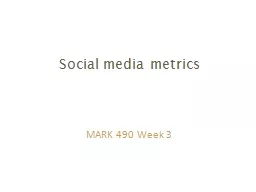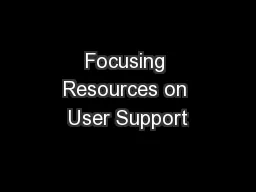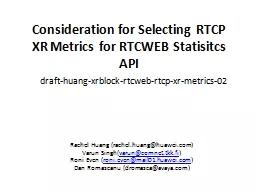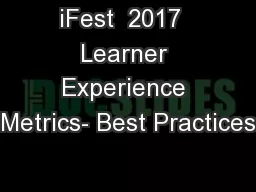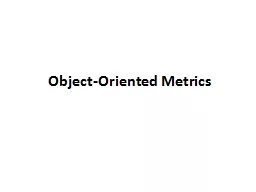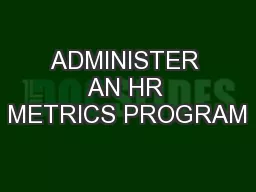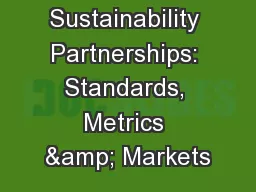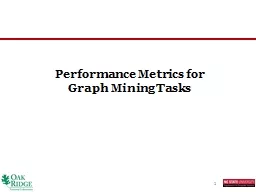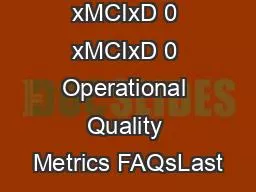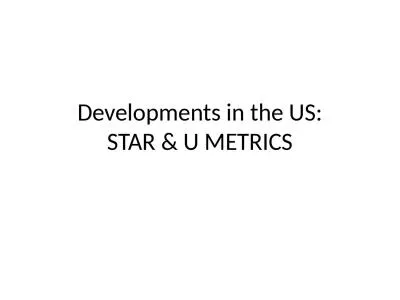PPT-Using Data Metrics to Demonstrate HR Strategic Value
Author : yoshiko-marsland | Published Date : 2018-11-03
Presented by Dr Douglas teDuits THEHRA Winter Conference 1 245 200 PM January 30 2017 Lord Kelvin To measure is to know If you can not measure it you can
Presentation Embed Code
Download Presentation
Download Presentation The PPT/PDF document "Using Data Metrics to Demonstrate HR Str..." is the property of its rightful owner. Permission is granted to download and print the materials on this website for personal, non-commercial use only, and to display it on your personal computer provided you do not modify the materials and that you retain all copyright notices contained in the materials. By downloading content from our website, you accept the terms of this agreement.
Using Data Metrics to Demonstrate HR Strategic Value: Transcript
Download Rules Of Document
"Using Data Metrics to Demonstrate HR Strategic Value"The content belongs to its owner. You may download and print it for personal use, without modification, and keep all copyright notices. By downloading, you agree to these terms.
Related Documents

